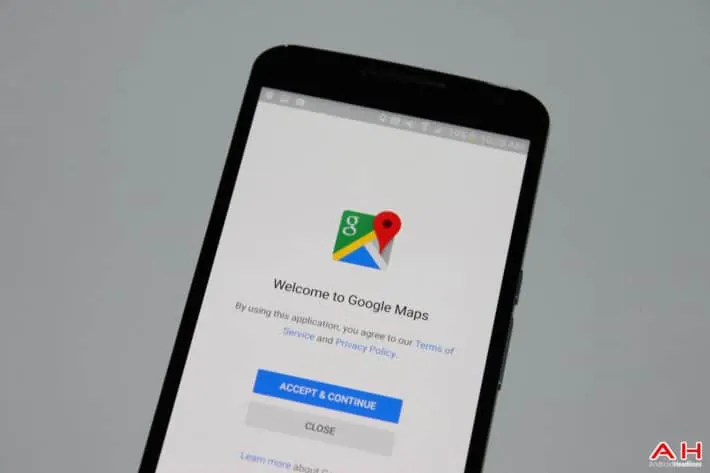Google Maps is a very useful application and service, which Google has continually improved, refined and polished over the years. Google Maps is gaining a number of new features in the coming weeks and months including the ability to work with directions when offline, but today’s announcement is that the Google Maps API as used by Google for Work customers is gaining predictive travel times. The news was announced on the Google for Work blog, on account of how the service may be used to provide additional information and utility for employers and employees alike. The blog explains: “At work, we rely on [location based, time relevant traffic data] to make better decisions, like how to optimize utilization of assets or organize a team.” Time-relevant location and data are important in answering questions such as, “what’s the best route to take when going to a customer?” and “when is my taxi arriving?” Google believes that the predictive travel time function is one of the more powerful features from the consumer Google Maps experience, and bringing it into the Google Maps API will allow businesses and developers to improve the customer experience of their location-aware applications and services.
At the name suggests, predictive travel times is about estimating how long it will take to travel to a given destination based on a number of variables. These include the method of travel combined with the day and time of the week. The API then extrapolates the three likely travel times: the optimistic time, the best guess time and the pessimistic time. This data is fed back into the application or service via the API and the information can be used in a meaningful way. Google’s suggested uses for the optimistic, pessimistic and best guess include using optimistic data for a thermostat application, so that the house is warmer or cooler in anticipation of a quick travel time. It recommends using the pessimistic data for a delivery schedule to ensure that there is enough time between drops, thus helping manage customer expectations. Google worked with real estate business Redfin to build a system showing customers the travel time predictions between homes and thus giving customers a better experience.
Google Maps’ data is crowdsourced, that is, it takes information from millions of devices running the necessary software and extrapolates the likely travel method depending on other users and historical average speeds. Google’s purchase of Waze in 2013 has shored up the expertise in how to handle the data collected from millions of travelling devices. Over time, the service can anticipate holiday conditions. Because the information is crowdsourced and processed using Google’s cloud systems, improvements are relatively easily incorporated into the system, too. Google stated that the predictive travel time is available for both Standard Plan and Premium Plan customers from the Direction and Distance Matrix API. Premium Plan customers will also have access to it in the JavaScript Maps API.

